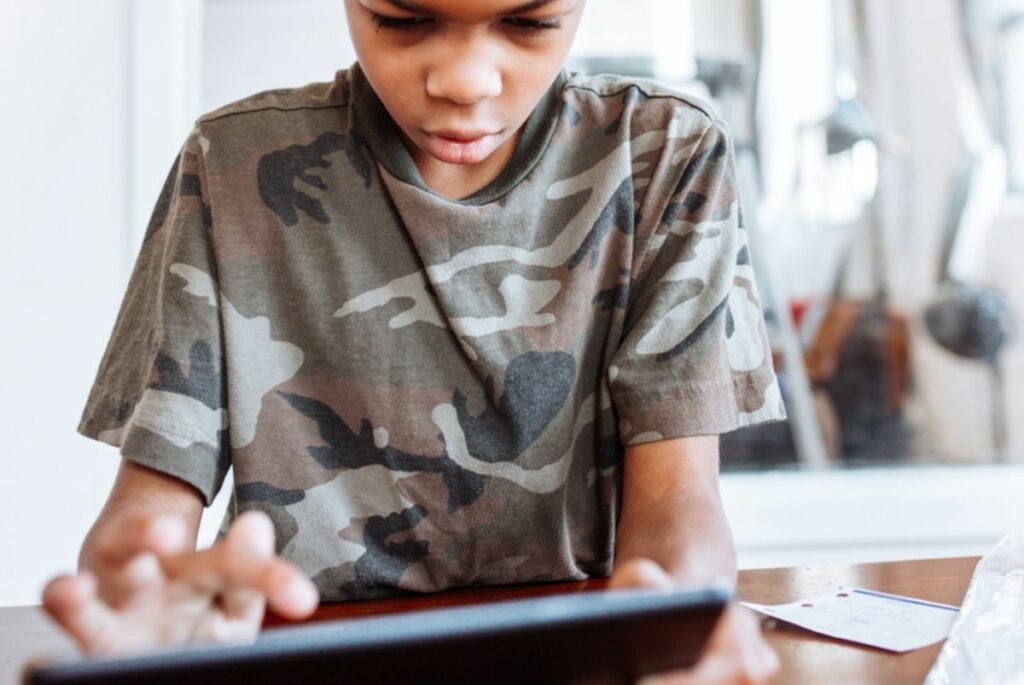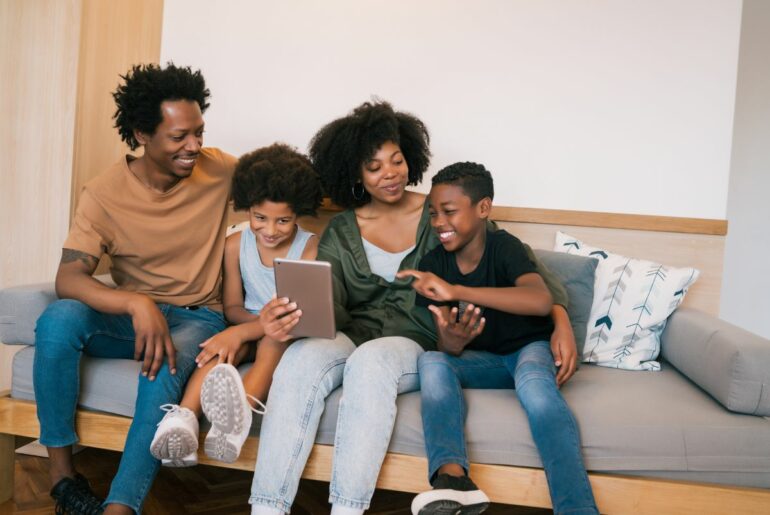Black History Month is a great reminder for families to seek out underrepresented Black voices and stories, and to make sure kids understand that Black history is an absolutely central and essential part of American history. But it’s also a time for families to go beyond talking about the past, and into present-day discussions of race and racism.
When you start to see Black History Month as a time to challenge yourself and take action, rather than just passively taking in information, it becomes more engaging for kids — and adults! Wondering what, exactly, you can do as a family to observe this special month? Try some of the ideas below to become more aware of the world around you, and get inspired to speak up for racial justice as a family.
Quiz yourselves on the facts

Start off by finding out how much you and your family already know about Black history facts. Take this quick kid-friendly trivia quiz to test your knowledge, and learn more about the people, events, and concepts that make up some of the most important moments in our country’s history.
Talk to kids about race and Black history
Segregation

Think kids are too young to learn about the history of segregation and integration? Consider the history of 6-year-old Ruby Bridges, who became a symbol of school integration when she was the first Black student to attend an all-white school and had to be escorted in and out of school by U.S. marshals.
Follow this script for a kid-friendly discussion of what happened, and how it ties to current-day white supremacy.
Equality vs. equity

Kids love to talk about what’s fair and what’s unfair, but their version of what’s fair might be dividing everything into exactly equal pieces — even if people have different needs. Delving deeper into this topic will help them when they’re learning about Black history and America’s history in general.
Use this illustration and script to talk about why “fair” doesn’t always mean exactly the same. Think of real-life examples of how when some complain “it’s not fair,” they’re only considering equality, not equity.
“Why is there no White History Month?”

The concepts of fairness and unfairness are a big deal to kids. So when something like Black History Month comes up, some kids may genuinely wonder: Why are we celebrating Black history? What about other people?
Of course the important context of centuries of inequality is complicated to explain to kids, but it’s necessary to have these conversations early and often. Here’s a script to guide you through the conversation.
Racial slurs

Racial slurs are important to understand in the context of racial history in this country. Putting slurs like the “n-word” into context for your child can help them understand why it’s not okay for some people to say, and how it can impact people depending on their identity.
This collection of scripts will help you explain the word and its history to your child.
Learn about the power of community

Rosa Parks’ well-known story of sitting on the bus may be inspiring by itself, but the year-long bus boycott that was carried out after her famous actions was even more remarkable because of the number of people involved. It’s a fascinating — and hopeful — piece of history to learn about with kids.
Learn about some of the other leaders and citizens involved in the bus boycott, as well as some other examples of monumental achievements made by Black communities.
Try some kid-friendly activities

Whatever age your child is, this annual celebration presents an opportunity to teach them more about the importance of diversity. Celebrate Black History Month as a family with these five activities that are fun and easy for all ages!
Catch up on local history

Google “Black history” plus your city/state, and you’re bound to discover something that you never learned in history class about your area. See if there’s a related landmark you can visit as a family to make the history more tangible.
If not, consider writing to town/state officials to suggest a sign or another way to educate the public about that piece of history.
Donate to a Black-led organization

There are so many local, national, and international groups already working hard to repair the damage done by centuries of racism. Supporting the work of those organizations is a great way to help our society continue to make progress towards racial equity.
Choose a Black-led nonprofit or an organization dedicated to Black youth that you’d like to support as a family. Then pool your spare change, determine a realistic monthly contribution, or start a fundraiser together.







